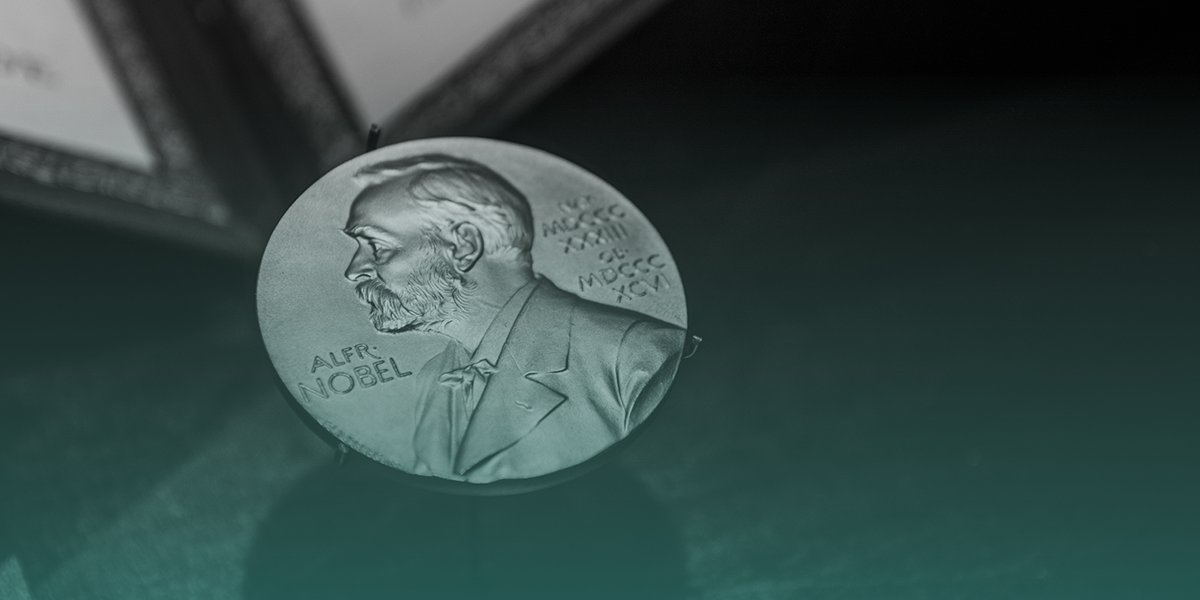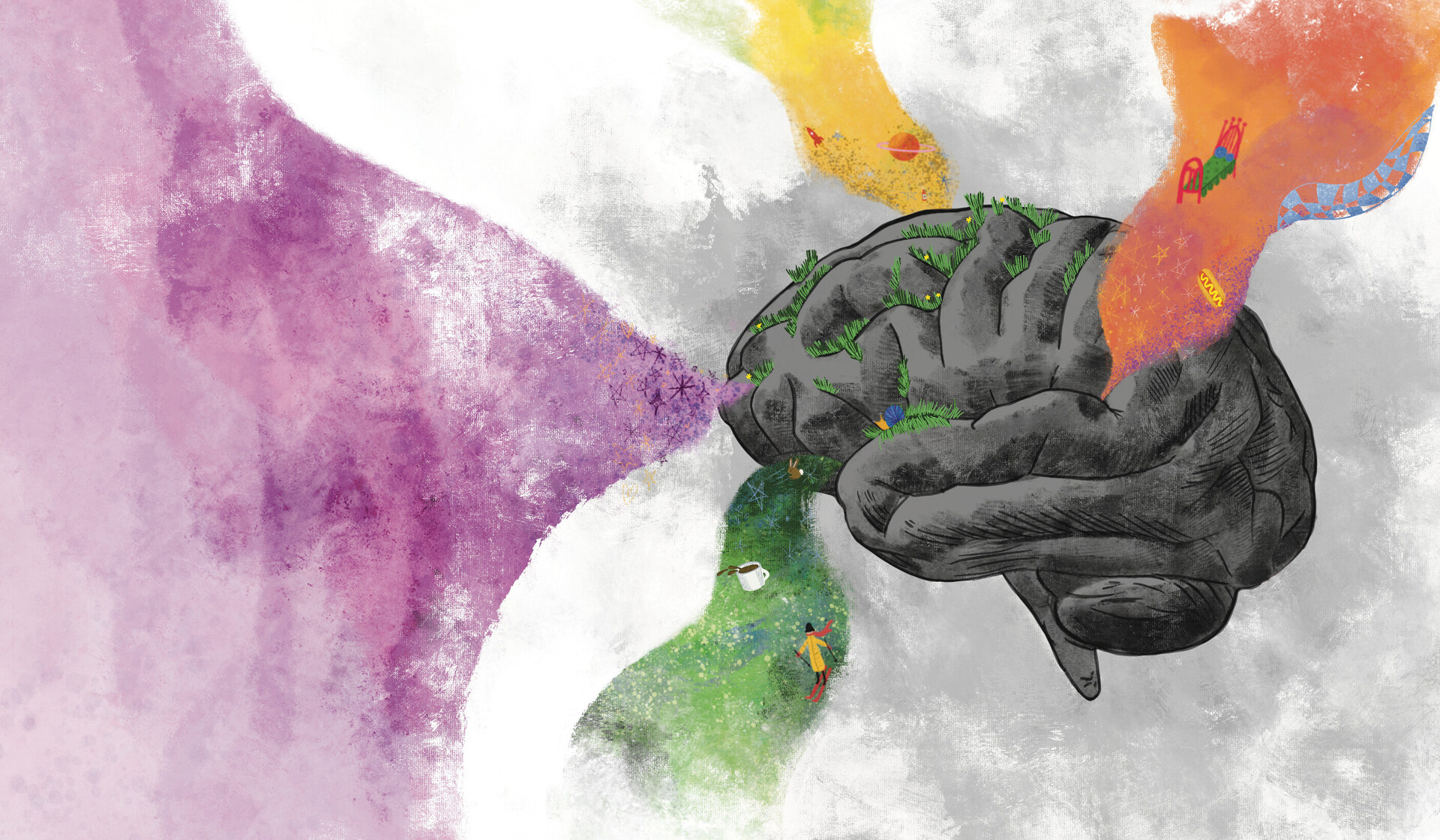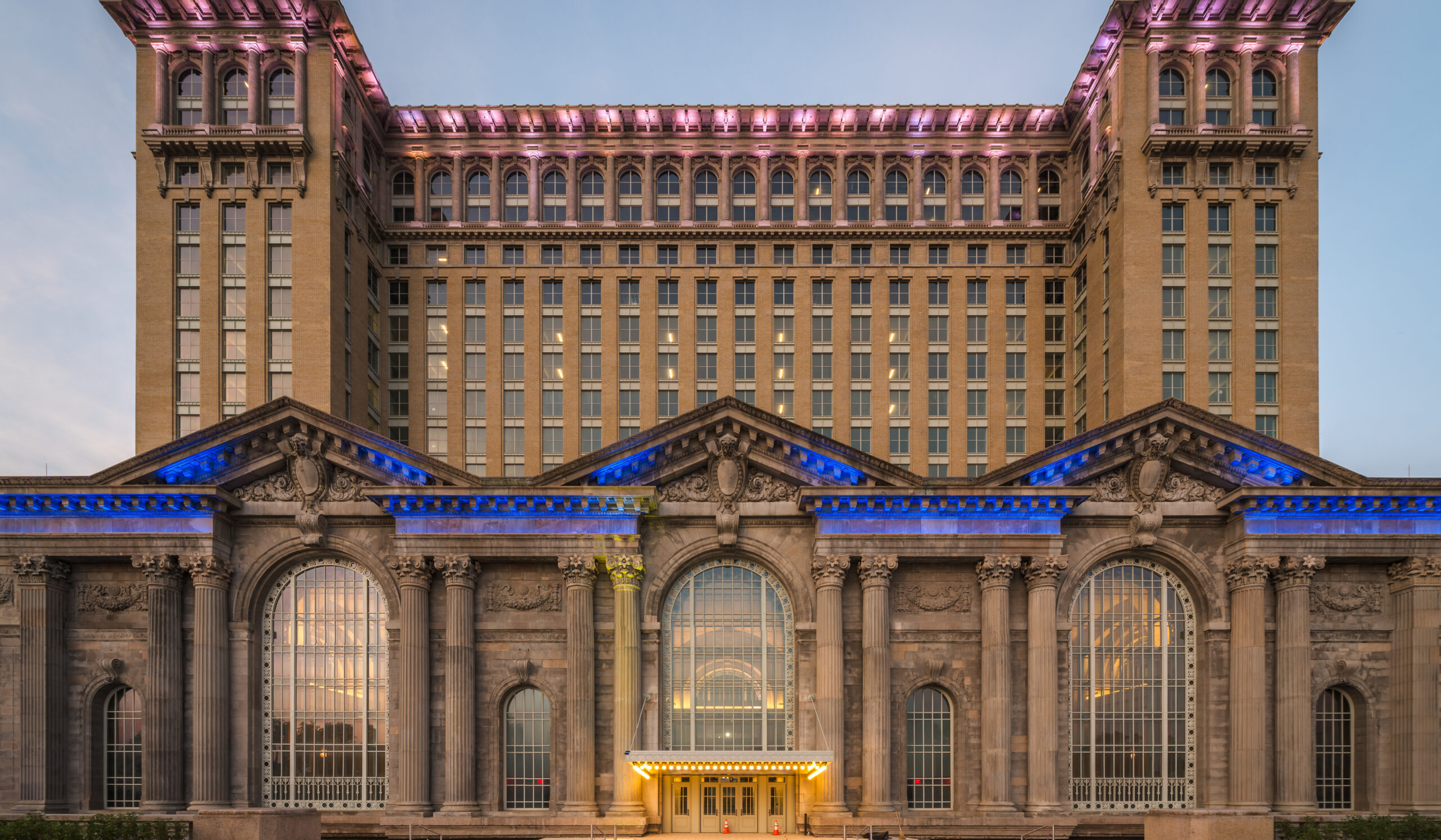In October, U-M emeritus engineering professor Gerard Mourou earned one of the world’s most coveted distinctions: the Nobel Prize. Recognized for his work in physics, Mourou has taken his place among others in the University community whom the Nobel Committee has recognized for their work in chemistry, literature, peace, physics, and physiology or medicine. The committee also confers the Sveriges Riksbank Prize in Economic Sciences in Memory of Alfred Nobel.
In this list, Michigan Alumnus provides a snapshot of each laureate who had an affiliation with the University, whether as an alumnus or faculty member (even though some faculty members received their awards while at other institutions). Those who had a short-term relationship, such as visiting professors, are not listed here.
While all were accomplished professionals, a few laureates did poorly in school or college before finding their niche. Perhaps they weren’t adept at thinking inside the box. Some of them emigrated from other countries—sometimes fleeing dangers of discrimination or war—proving that they knew how to adapt to a new country and new ideas. What this diverse group has in common is a willingness to question received notions and risk failure to break new ground. And break new ground they did.
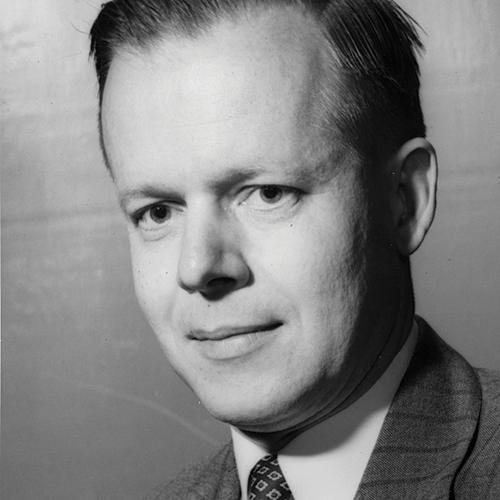
Thomas H. Weller, ’36, MS’37, HLLD’56
1954 Nobel Prize in Physiology or Medicine
The prevailing opinion until 1941 was that viruses could not be cultured in a laboratory. Then, Weller and two colleagues grew the virus that causes polio in human muscle and tissue in a test tube, leading the way to a vaccine against the disease. The son of a professor of pathology in U-M’s Medical School, Weller shared the prize for the “discovery of the ability of poliomyelitis viruses to grow in cultures of various types of tissue.”

Donald A. Glaser, faculty, 1949-59, HSCD’02
1960 Nobel Prize for Physics
When you throw salt into boiling water, bubbles form. Recognized “for the invention of the bubble chamber,” Glasser introduced imperfections into super-heated liquids that made bubbles appear, thus making it possible to photograph and analyze particles with higher energies for experiments in nuclear physics. In 1962, Glaser changed his focus from physics and began exploring what was then a new field, molecular biology.
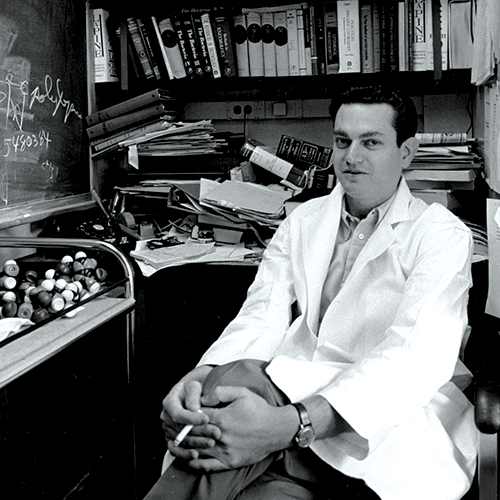
Marshall Nirenberg, PhD’57, HSCD’65
1968 Nobel Prize in Physiology or Medicine
Two years after Nirenberg finished his doctorate in biological chemistry, he began to study the relationships between DNA, RNA, and protein. Nirenberg replicated the cellular mechanism that translated the information contained in DNA into a protein, a process mediated by RNA. By 1966, Nirenberg had deciphered the 64 RNA three-letter code words (codons) for all 20 amino acids. They now understood the language of DNA and the code could be expressed in a chart. In 1968, he shared the award with two competing scientists “for their interpretation of the genetic code and its function in protein synthesis.”

Samuel C.C. Ting, ’59, MS’60, PhD’63, SCD’78
1976 Nobel Prize in Physics
Ting has deep roots in Ann Arbor, having been born in the city when his parents were visiting from China. He moved here when he was 20 to stay with family friend G.G. Brown, then dean of U-M’s College of Engineering. After earning his U-M degrees, Ting taught at MIT and Columbia. He showed quarks (subatomic particles) to be actual constituents of matter. The Nobel Committee recognized his “pioneering work in the discovery of a heavy elementary particle of a new kind.”

Hamilton O. Smith, researcher, 1962-66
1978 Nobel Prize for Physiology or Medicine
Hamilton O. Smith didn’t set out to fragment and sequence DNA, paving the way for work that may correct genetic illnesses. He didn’t expect to share a Nobel “for the discovery of restriction enzymes and their application to problems of molecular genetics.” He was a doctor. While working in an endocrine clinic, he saw people with genetic defects. So, at 31, he changed course and arrived at U-M to do research in genetics. His subsequent studies with two colleagues led to these significant discoveries.

Lawrence Klein, faculty, 1949-54
1980 Sveriges Riksbank Prize in Economic Sciences in Memory of Alfred Nobel
When World War II ended, economists predicted another depression—but not Lawrence Klein. Returning soldiers would want to shop, as would citizens no longer bound by rations. He was right and right again when he predicted a mild recession as the Korean War ended. His prize, “for the creation of econometric models and their application to the analysis of economic fluctuations and economic policies,” recognized models that are widely used by economists and many central banks, including the Federal Reserve.
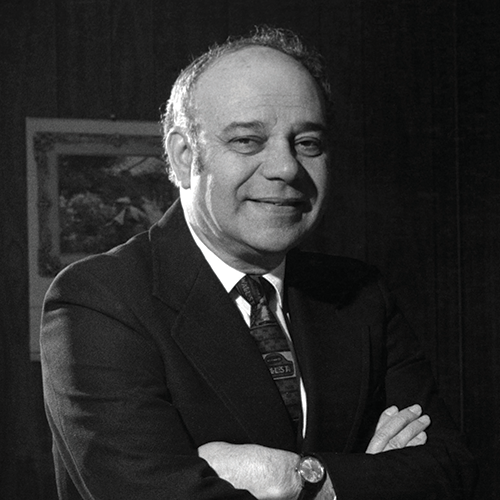
Jerome Karle, MS’42, PhD’44, HSCD’90
1985 Nobel Prize in Chemistry
A scientist in the U.S. Naval Research Laboratory who had worked on the Manhattan Project, Karle discovered a mathematical method to determine the structure of 3D molecules, thus replacing labor-intensive X-ray crystallography. Research on the structure of DNA, the development of drugs for cancer, and military work on propellants for missiles are among the projects that benefited. The Nobel Committee recognized Karle and a partner for “outstanding achievements in the development of direct methods for the determination of crystal structures.”
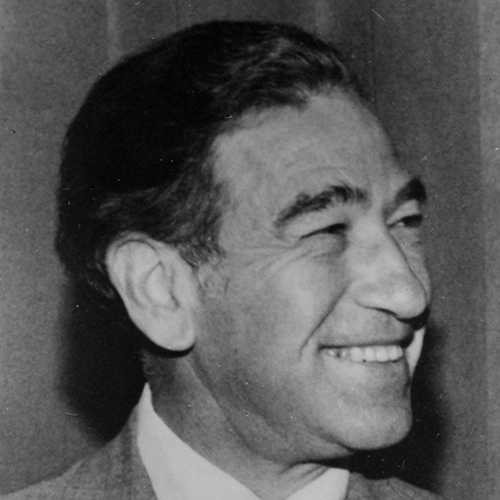
Stanley Cohen, PhD’49
1986 Nobel Prize for Physiology or Medicine
Cohen’s shared award, “for their discoveries of growth factors,” is for work that has helped researchers better understand tumor progression as well as developmental malformations, degenerative changes in senile dementia, and delayed wound healing. Cohen was able to purify and produce antibodies against the nerve growth factor (NGF). In studies with mice, he then discovered and produced antibodies against the epidermal growth factor (EGF). NGF and EGF were the first growth-regulating signal substances discovered, and they led to further research into cancer cures.

Joseph Brodsky, faculty, 1972-81
1987 Nobel Prize for Literature
One of poetry’s goals, according to Brodsky, was “to make the future more tolerable.” Exiled from his native Soviet Union in 1972, Brodsky had served 18 months of a five-year sentence in a labor camp for the crime of writing poetry. He moved to London, then to the U.S. when poet W.H. Auden helped him secure a post as poet-in-residence at U-M. The themes in his nine volumes of poetry include exile and loss, nature, love, death, and the fragility of human attachments. The U.S. poet laureate in 1991-92, Brodsky was recognized “for an all-embracing authorship, imbued with clarity of thought and poetic intensity.”
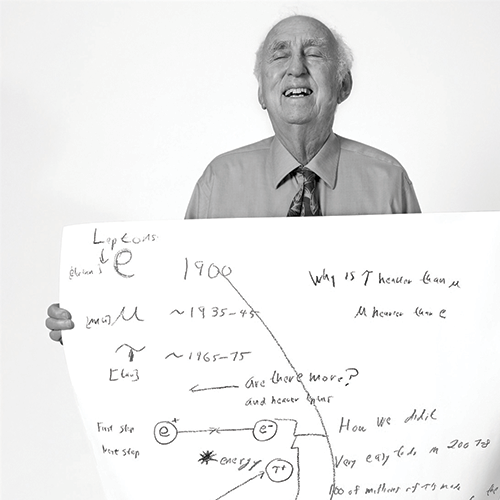
Martin Perl, faculty, 1955-63
1995 Nobel Prize in physics
Other scientists urged particle physicist Perl to be cautious when he set out to find a third family of leptons, which are subatomic particles such as electrons. Physicists knew of a second, heavier copy of an electron—but they didn’t know why it existed. Perl persisted, discovering a third, even heavier copy. This established leptons and quarks as fundamental constituents of matter. The Nobel Committee recognized him “for the discovery of the tau lepton.”
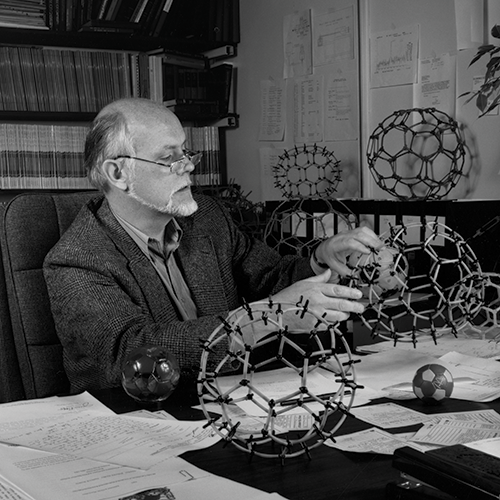
Richard Smalley, ’65, HSCD’97
1996 Nobel Prize in Chemistry
Smalley and two partners shared a prize “for their discovery of fullerenes,” carbon molecules with a hollow core that can take on different shapes and can be used for a variety of applications, such as producing solar and other renewable energy sources. This work prepares for new technologies from fullerene tubes, fibers, and cables, with carbon nanotubes woven into long transmission wires that would be lighter, stronger, and more efficient than those in our current electrical grid.

Jerry White, MBA’05
Shared in the 1997 Nobel Prize for Peace awarded to the International Campaign to Ban Landmines
Jerry White was on a camping trip in Israel in 1984 when he stepped on a landmine left from the 1967 Arab-Israeli War. He lost his lower right leg and found a purpose. After working as a nonproliferation analyst and leading international peace campaigns resulting in major treaties, he co-founded Landmine Survivors Network in 1995 to help war victims rebuild their lives. In 2008, it was renamed Survivors Corps to include all types of survivors of global conflict. His work with the International Campaign to Ban Landmines resulted in the Nobel “for their work for the banning and clearing of anti-personnel mines.”
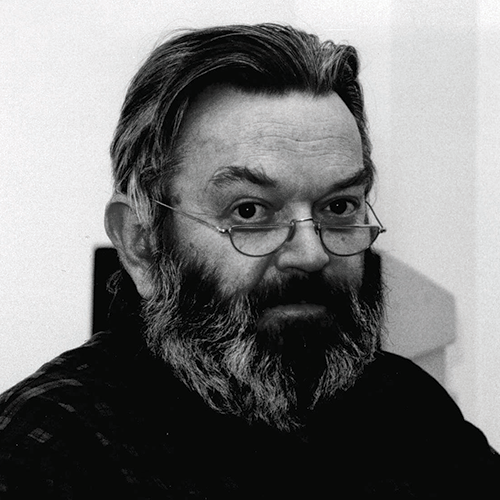
Martinus Veltman, faculty, 1981-96
1999 Nobel Prize in Physics
Born in the Netherlands, Veltman left his homeland at age 50 with his wife to accept an appointment at U-M. He shared his Nobel with Gerardus ’t Hooft, a doctoral student he had supervised earlier at the University of Utrecht. Until they experimented, scientists had difficulty verifying the Standard Model, a theory of how particles interact. Because they found a way to get meaningful numbers, physicists can now verify related theories. They were recognized “for elucidating the quantum structure of electroweak interactions in physics.”

Carl Wieman, faculty, 1979-84
2001 Nobel Prize in Physics
Matter, we know, can exist in different states—solid, liquid, gas, and plasma. Albert Einstein and Satyendra Nath Bose proposed a fifth state, condensate, in 1924. They suggested atoms could concentrate themselves and form a condensate if cooled close to absolute zero. The Bose-Einstein condensate was thought impossible, but in 1995 Wieman and his colleagues produced this new state of matter and shared the Nobel “for the achievement of Bose-Einstein condensation in dilute gases of alkali atoms, and for early fundamental studies of the properties of the condensates.”
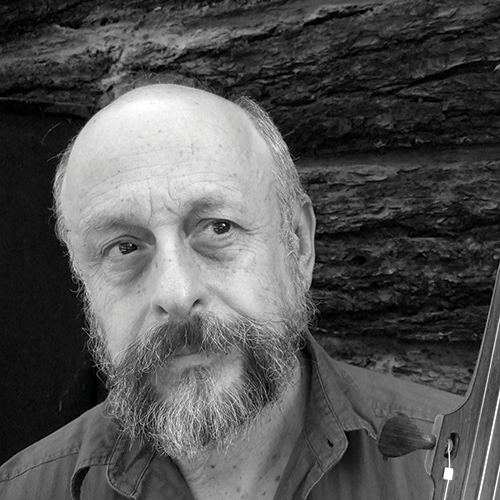
David Politzer, ’69
2004 Nobel Prize in Physics
Imagine a rubber band—the more you stretch it, the tighter it becomes. But that’s not so obvious on the subatomic level, and physicists assumed the opposite when they looked at quarks inside protons and neutrons. In 1973, Politzer and two colleagues theorized that the closer quarks come to each other, the weaker the interaction is, and the farther apart, the stronger their mutual effect. Called asymptotic freedom, this has implications for how gravity works and for establishing quantum chromodynamics as a fundamental force of nature. Politzer shared the prize “for the discovery of asymptotic freedom in the theory of the strong interaction.”
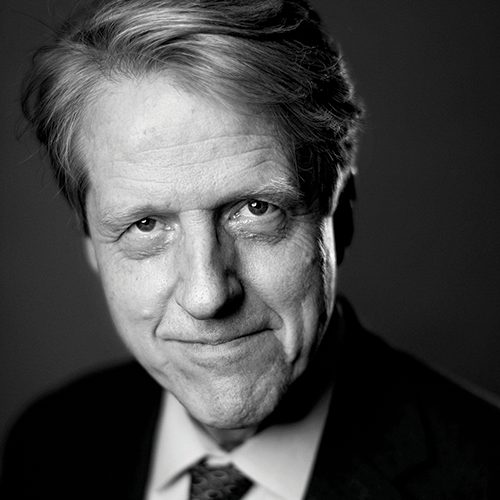
Robert Shiller, ’67, HSCD’15
2013 Sveriges Riksbank Prize in Economic Sciences in Memory of Alfred Nobel
Shiller, who wrote for the Michigan Daily and studied science, found fact checking and an understanding of the scientific method as essential to his original work in economics. One of three financial economists recognized “for their empirical analysis of asset prices,” Shiller challenged the idea that financial markets are always efficient; stock prices fluctuate more than corporate dividends, for instance. He predicted the tech and housing bubbles and continues to track changes in residential real estate. His cites U-M economist Kenneth Boulding and U-M psychologist George Katona as early influences.

Daniel Högsta, ’09
A member of the team that won the 2017 Nobel Prize for Peace
Just eight years after completing his bachelor’s degree, Högsta was in Oslo, Norway, with other young activists to accept the prize for their work with the International Campaign to Abolish Nuclear Weapons (ICAN). As network coordinator for ICAN, a Geneva-based coalition of nongovernmental organizations in 100 countries, Högsta worked to create a U.N. treaty to ban nuclear weapons, which 122 nations signed. Although none of the world’s nuclear-armed countries signed it, the Nobel Committee recognized ICAN for “work to draw attention to the catastrophic humanitarian consequences of any use of nuclear weapons and for its ground-breaking efforts to achieve a treaty-based prohibition of such weapons.”

Gérard Mourou, faculty, 1988-2004
2018 Nobel Prize in Physics
Mourou shared an award for groundbreaking innovations in laser physics that led to advances in science, engineering, and medicine. Their method of generating high-intensity, ultra-short optical pulses made it possible for a precise laser to replace a scalpel, making eye surgery significantly safer. In 1991, Mourou, currently a U-M emeritus professor, founded U-M’s Center for Ultrafast Optical Science. The center houses HERCULES, which holds the 2003 Guinness World Record for highest-intensity focused laser.
Davi Napoleon, ’66, MA’68, is a theater historian and freelance journalist. Her book is “Chelsea on the Edge: The Adventures of an American Theatre.”
Weller photo courtesy of Harvard University News Office | Glaser photo courtesy of the U.S. Department of Energy | Nirenberg photo courtesy of the National Institutes of Health | Ting photo courtesy of the Bentley Historical Library | Smith photo by Jane Gitschier/Public Library of Science | Klein photo provided by the University Archives and Records Center, University of Pennsylvania | Karle photo courtesy of the U.S. Naval Research Laboratory | Cohen photo courtesy of the Vanderbilt University Photographic Archives | Brodsky photo courtesy of the National Archives of the Netherlands | Perl and Wieman photos courtesy of Lindau Nobel Laureate Meetings | Smalley photo courtesy of the Chemical Heritage Foundation | White photo courtesy of Jerry White | Veltman photo courtesy of Michigan News | Politzer photo courtesy of H. David Politzer | Shiller photo by Alexander Mahmoud/Nobel Media AB | Högsta photo courtesy of the International Campaign to Abolish Nuclear Weapons | Mourou photo by J.Barande/École polytechnique

